method for welding cast iron?
hunter_tx
19 years ago
Featured Answer
Comments (23)
gonefishin
19 years agoRelated Professionals
Charleston Furniture & Accessories · Tampa Furniture & Accessories · Carlsbad Furniture & Accessories · Genova Furniture & Accessories · Irmo Furniture & Accessories · Naples Furniture & Accessories · Rogers Furniture & Accessories · Jacinto City Interior Designers & Decorators · Jamestown General Contractors · Parkville General Contractors · Port Saint Lucie General Contractors · Seal Beach General Contractors · Palatine Siding & Exteriors · Paramus Siding & Exteriors · Providence Siding & Exteriorshorseman1
19 years agohunter_tx
19 years agoblacksmithman
19 years agogonefishin
19 years agohunter_tx
19 years agojohn_in_ma
19 years agokbeitz
19 years agohorseman1
19 years agokbeitz
19 years agoRonnieB
19 years agokbeitz
19 years agojohn_in_ma
19 years agomla2ofus
19 years agohiggins
19 years agospambdamn_rich
19 years agogonefishin
19 years agospambdamn_rich
19 years agogonefishin
19 years agokbeitz
19 years agowiz4867
19 years agoredblanchard
19 years ago
Related Stories
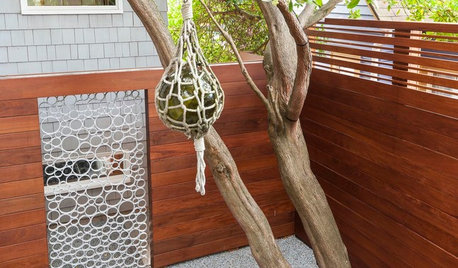
FENCES AND GATESA Designer Uses PVC Pipe to Cast a Modern Garden Gate
Landscape designer Scot Eckley walks us through the process of creating a custom aluminum ring gate
Full Story
REMODELING GUIDESOriginal Home Details: What to Keep, What to Cast Off
Renovate an older home without regrets with this insight on the details worth preserving
Full Story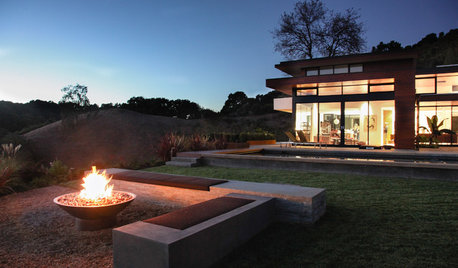
GARDENING AND LANDSCAPINGEco-Friendly Fire Pits: Casting Backyard Campfires in a New Light
Wood burning may be discouraged — even illegal in places — but that needn't mean forsaking the fire pit. Try one of these alternatives
Full Story
TASTEMAKERSPro Chefs Dish on Kitchens: Michael Symon Shares His Tastes
What does an Iron Chef go for in kitchen layout, appliances and lighting? Find out here
Full Story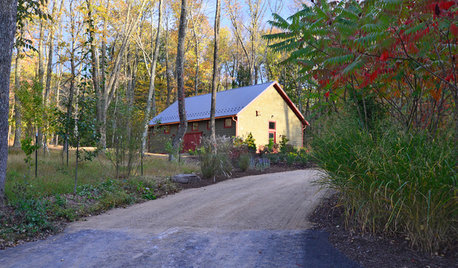
BACKYARD STUDIOSMaster Builder Crafts a Dream Workshop
A design-build firm owner uses an economical building method for his large shed and finishes it off nicely to blend into the scenery
Full Story
KITCHEN CABINETSChoosing New Cabinets? Here’s What to Know Before You Shop
Get the scoop on kitchen and bathroom cabinet materials and construction methods to understand your options
Full Story
MOST POPULARWhy We Love Midcentury Modern Design
There's a method to all this 'Mad Men'-ness — just look to psychology, tough times and, believe it or not, Apple
Full Story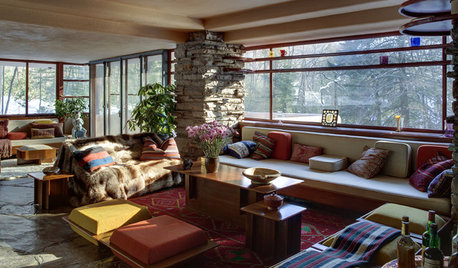
WINDOWSSteel-Framed Windows Leap Forward Into Modern Designs
With a mild-mannered profile but super strength, steel-framed windows are champions of design freedom
Full Story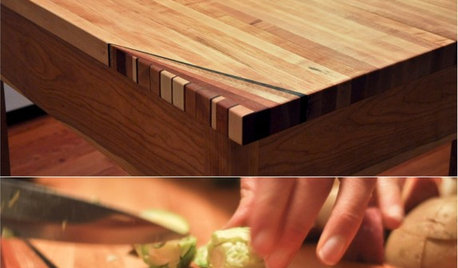
WOODWORKINGHow to Clean and Care for Your Butcher Block
Keep butcher block counters and boards looking sharp as a knife — and sanitized for safe food prep — with this advice from a pro woodworker
Full Story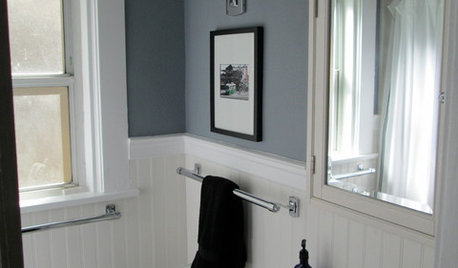
BATHROOM DESIGNMakeover Magic: Period Style for an All-New 1920s Bathroom
Leaky fixtures and water damage got the heave-ho, while the entire bathroom got a crisp new look in line with the home's style
Full Story





gonefishin